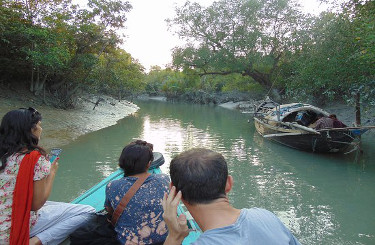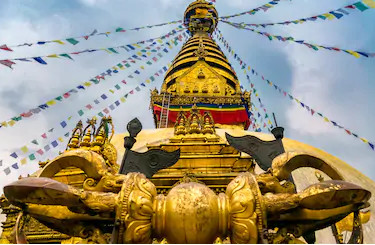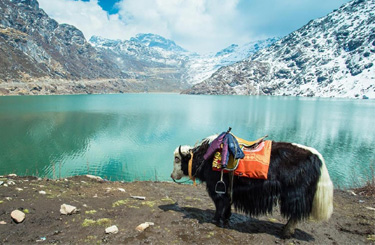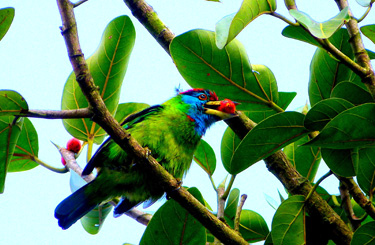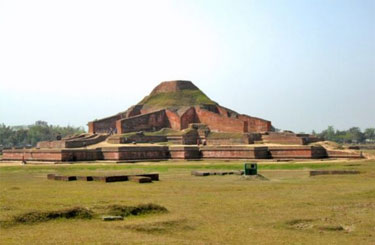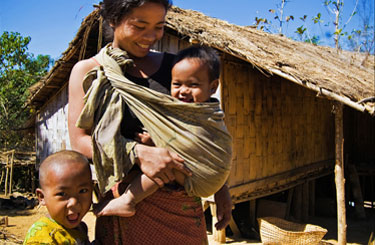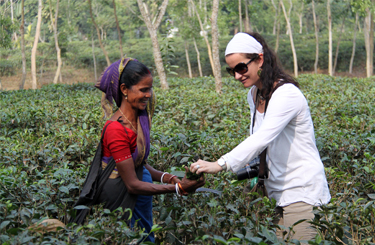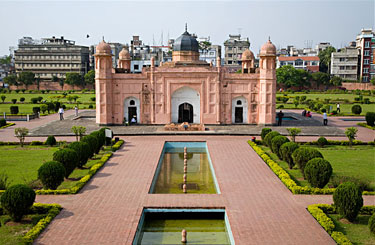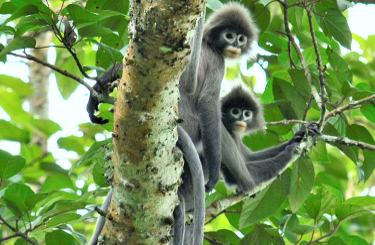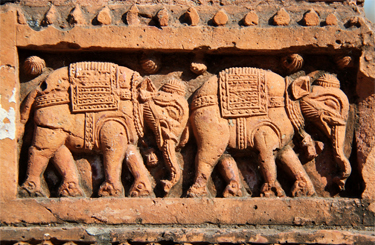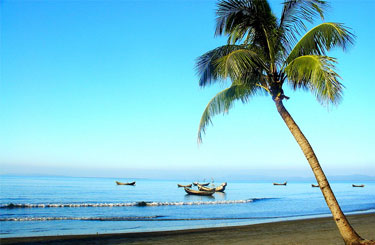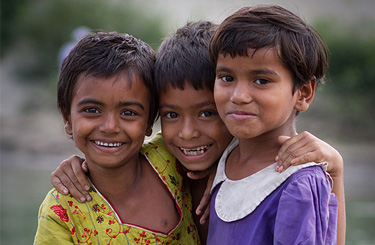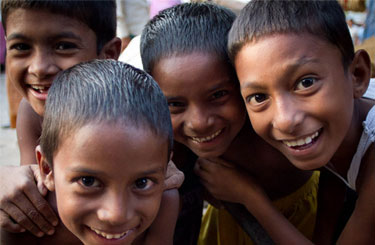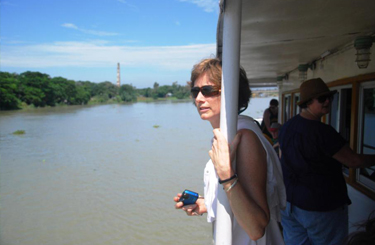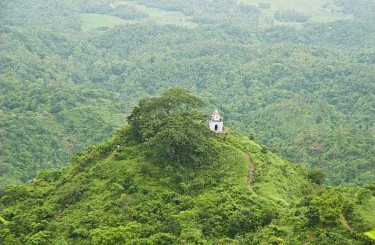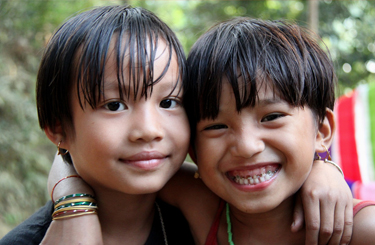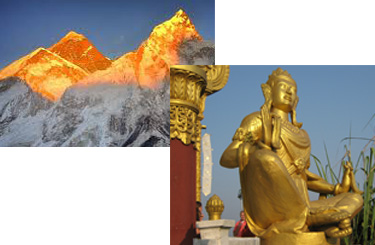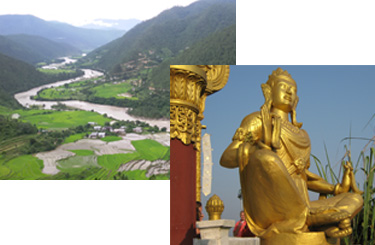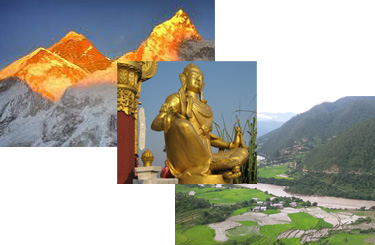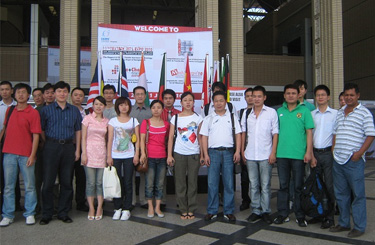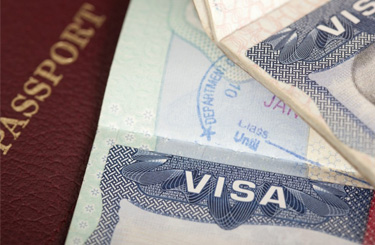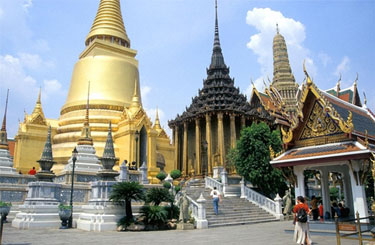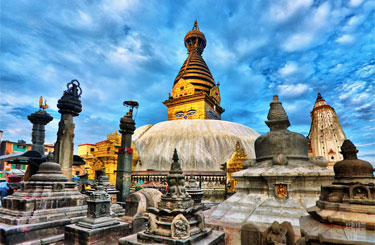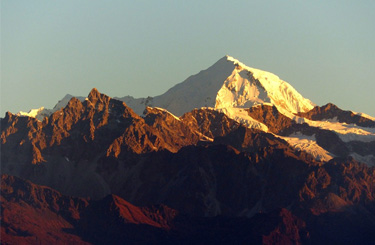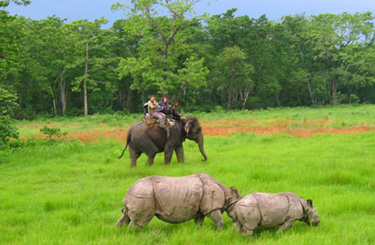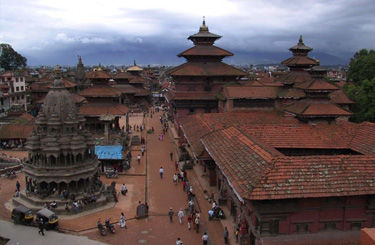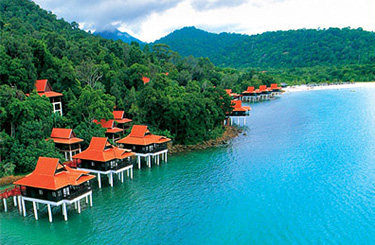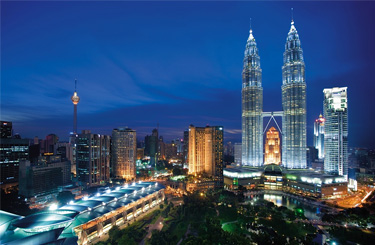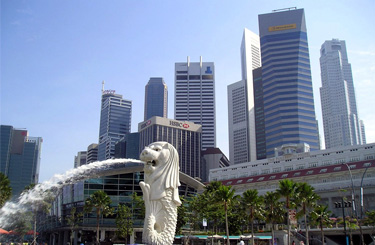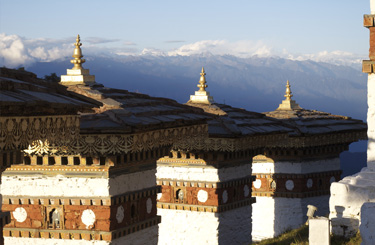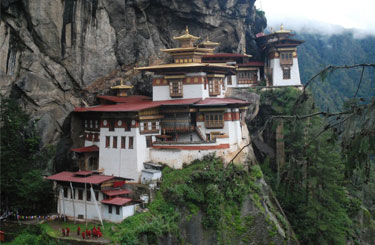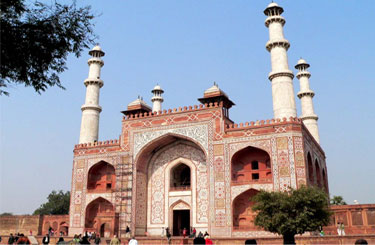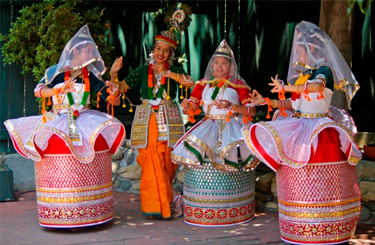
Dance performed by tribal people based on their customs and beliefs. Tribal dance evolved through the experience of the aborigines. They had to fight ferocious beasts of the jungle and hunt animals and birds for their survival and existence. Before going out for a hunt, hunters would draw pictures of their prey and dance in a body, imitating a hunt.
People danced to placate or defeat evil spirits, to prevent decay and diseases, to cause rainfall for production of crops, or to prevent drought or famine. With the evolution of society, human activities have undergone many changes resulting in differences in dance styles. Different tribes like MANIPURIs, SANTALS, ORAONs, MURONGs, CHAKMAs, GAROs, KHASIAs, Kochas, HAJONGs etc, live in the plain land and hilly regions of Bangladesh. Although some changes have taken place in the livelihood, religious beliefs and lifestyles of some of these tribes, there has been no radical change in their way of life. Even today collecting fruits and roots from the jungle, hunting and jhum cultivation continue to be the main sources of their livelihood and they still tend to follow their ancestors in their various religious and cultural festivals.
Most tribes perform in dances, songs and music on religious festivals, births, deaths, marriage ceremonies, and other festivities. They perform dances individually or collectively, in traditional dresses, along with their own songs. They make their own musical instruments. Their dances are named after their tribes, eg Santal dance, Garo dance, MANIPURI DANCE etc. They perform dances not only on the occasion of construction of houses, cultivation and fishing, but also to celebrate the creation of man. They perform dances desiring rainfall in time of drought, beseeching divine influence then. The Khasias say "The better the dance, the better the crop." Musical instruments such as the drum, madal (a kind of tom-tom) and flute are generally used as accompaniment.
The bamboo-dance of the Chakmas is very popular. Locally it is known as Cheralam. In this dance two groups of men or women hold two bamboos on each side of the group of dancers. They create a rhythmic sound by striking pairs of bamboos. The dancers hop in the spaces between the two bamboos in rhythmic unison, taking care to jump before the bamboos clash. Unless the dancers are very nimble, they stand to get badly hurt.


 +8801712125379, +8801779579606
+8801712125379, +8801779579606  info@dhakaholidays.com,dhakaholiday@gmail.com
info@dhakaholidays.com,dhakaholiday@gmail.com